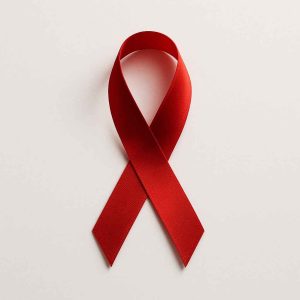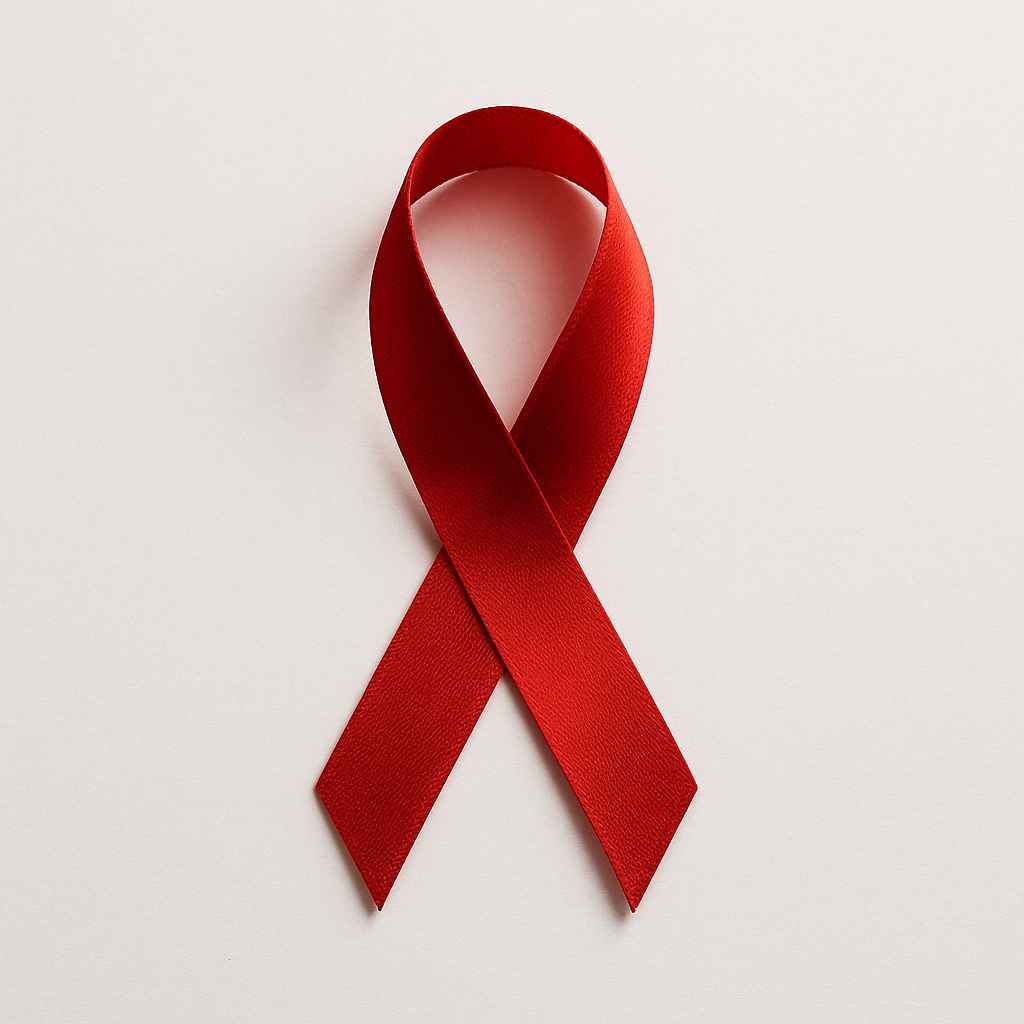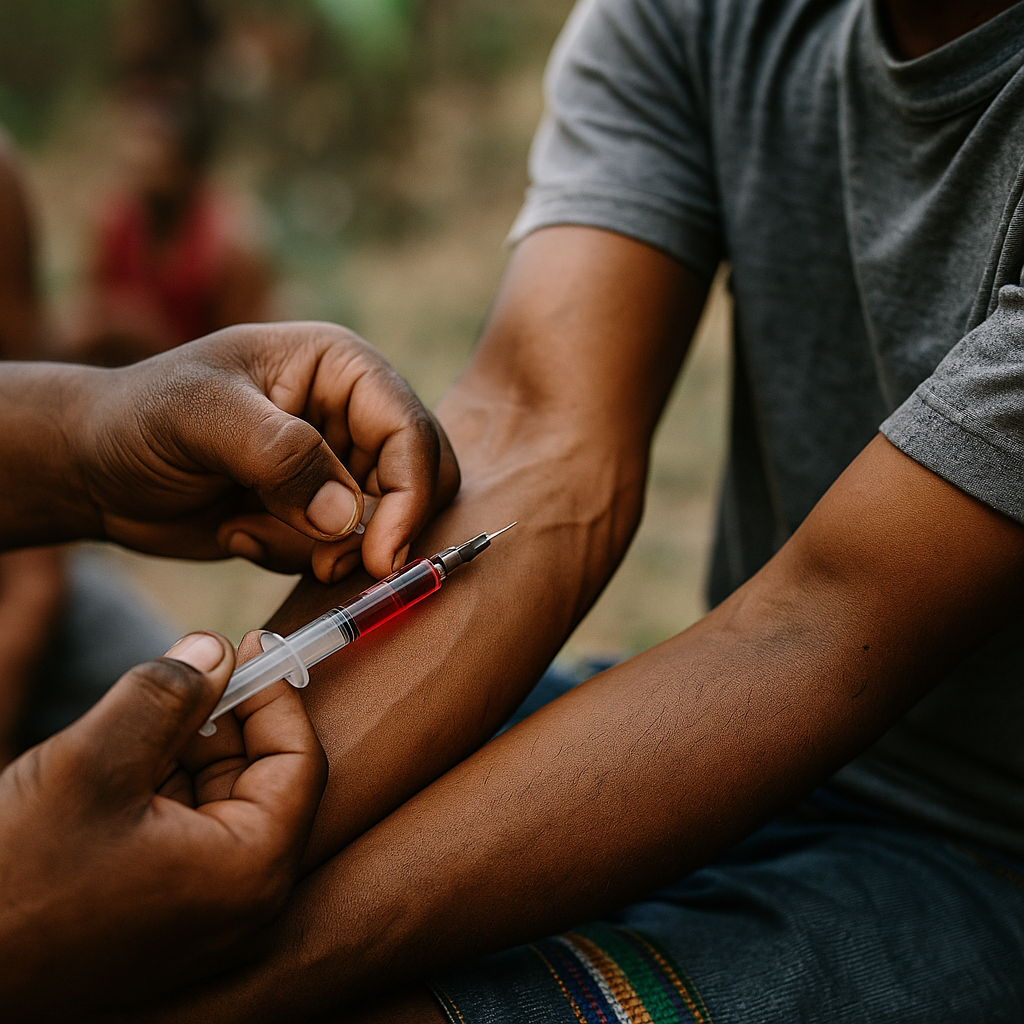
Table of Contents
- What is HIV?
- How is HIV Transmitted?
- Recognizing the Symptoms
- HIV Prevention Tips
- Treatment Options Today
- Living Well with HIV
- Frequently Asked Questions
What is HIV?
HIV stands for Human Immunodeficiency Virus. It attacks the immune system, specifically the CD4 cells (T cells), which help the body fight off infections. If left untreated, HIV can lead to AIDS (Acquired Immunodeficiency Syndrome), the final and most severe stage of infection.
HIV is a lifelong condition, but with proper medical care, people with HIV can live long and healthy lives. Thanks to advancements in science and medicine, HIV is now considered a manageable chronic condition.
How is HIV Transmitted?
HIV is mainly spread through certain body fluids such as blood, semen, vaginal fluids, rectal fluids, and breast milk. The most common ways HIV is transmitted include:
- Unprotected sex with someone who has HIV
- Sharing needles or syringes
- From mother to baby during childbirth or breastfeeding
- Blood transfusions (rare in countries with screened blood supply)
HIV cannot be spread through casual contact like hugging, shaking hands, sharing utensils, or using public toilets.
Recognizing the Symptoms
Many people don’t experience symptoms right after being infected. Early symptoms of HIV can appear within 2 to 4 weeks and resemble the flu. These may include:
- Fever
- Chills
- Rash
- Night sweats
- Muscle aches
- Sore throat
- Fatigue
- Swollen lymph nodes
- Mouth ulcers
Without treatment, HIV progresses in stages. Later symptoms can include weight loss, recurring fever, prolonged swelling of lymph glands, and serious infections.
HIV Prevention Tips
Preventing HIV involves a combination of safe practices and regular testing:
- Use condoms every time you have sex
- Get tested regularly and know your partner’s status
- Limit the number of sexual partners
- Use sterile needles if injecting drugs
- Take PrEP (Pre-Exposure Prophylaxis) if you’re at high risk
- Consider PEP (Post-Exposure Prophylaxis) within 72 hours after potential exposure
Treatment Options Today
HIV has no cure, but it can be controlled with antiretroviral therapy (ART). ART involves taking a combination of HIV medicines every day. It reduces the viral load to undetectable levels, which means:
- The immune system stays strong
- The risk of transmission is extremely low
- People with HIV can live nearly as long as those without it
Branded drugs like Biktarvy, Triumeq, and Dovato are common ART options.
Living Well with HIV
With treatment, people living with HIV can pursue careers, relationships, and families. Support from healthcare providers, community groups, and loved ones makes a big difference.
Regular check-ups, a healthy lifestyle, and mental health support all contribute to a good quality of life. Importantly, early diagnosis and starting treatment promptly are key to long-term health.
Frequently Asked Questions
Is HIV the same as AIDS?
No. HIV is the virus that can lead to AIDS if untreated. Not everyone with HIV develops AIDS.
Can I get HIV from kissing or sharing food?
No. HIV is not spread through saliva, casual contact, or sharing meals.
What is an undetectable viral load?
This means the amount of HIV in the blood is so low that standard tests can’t detect it. People with an undetectable viral load cannot transmit HIV to sexual partners.
How often should I get tested?
The CDC recommends everyone between 13 and 64 get tested at least once. Those at higher risk should test more often.
Is there a vaccine for HIV?
As of now, there’s no approved vaccine, but research is ongoing and promising.
This article was written with the assistance of AI and may contain errors. Please consult a healthcare professional for medical advice.




